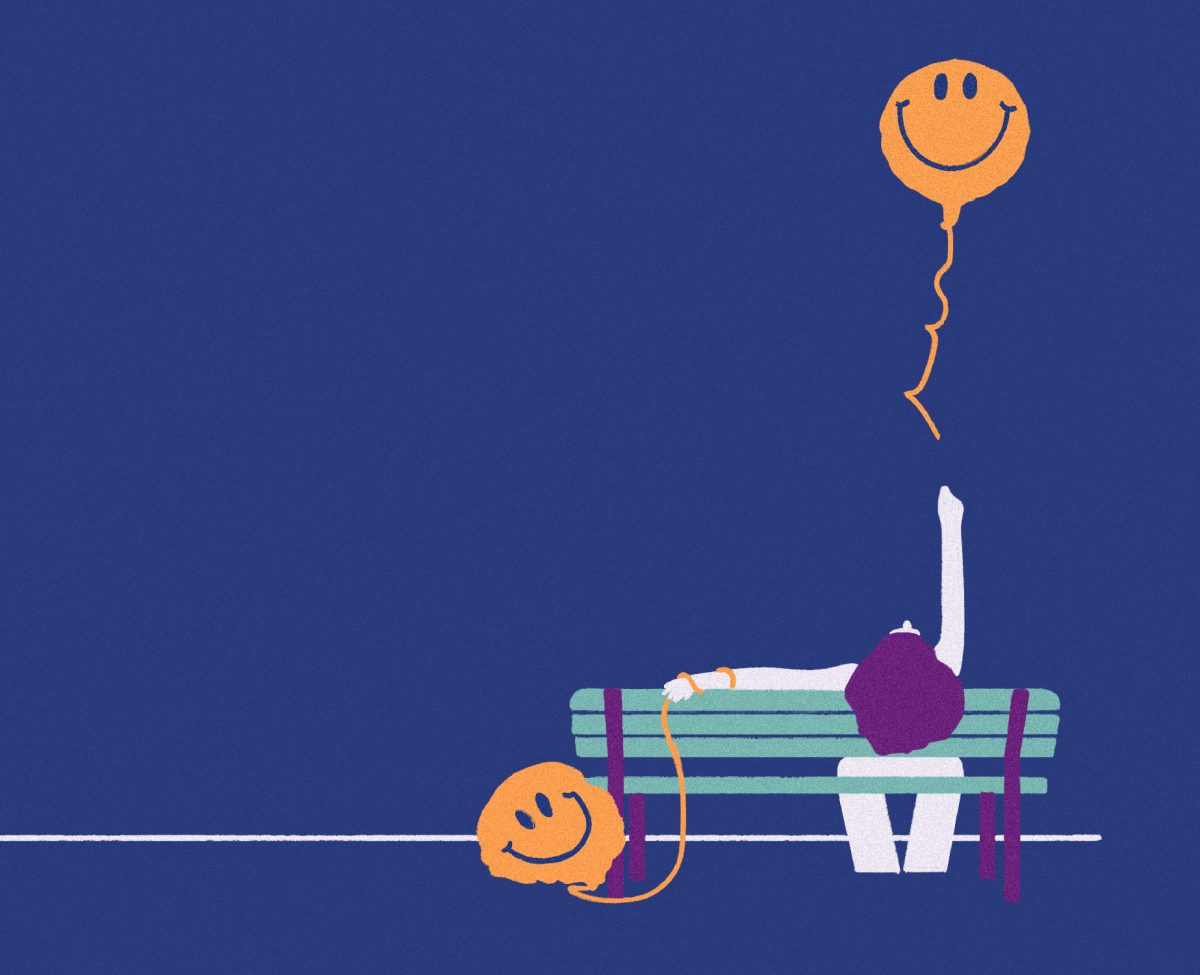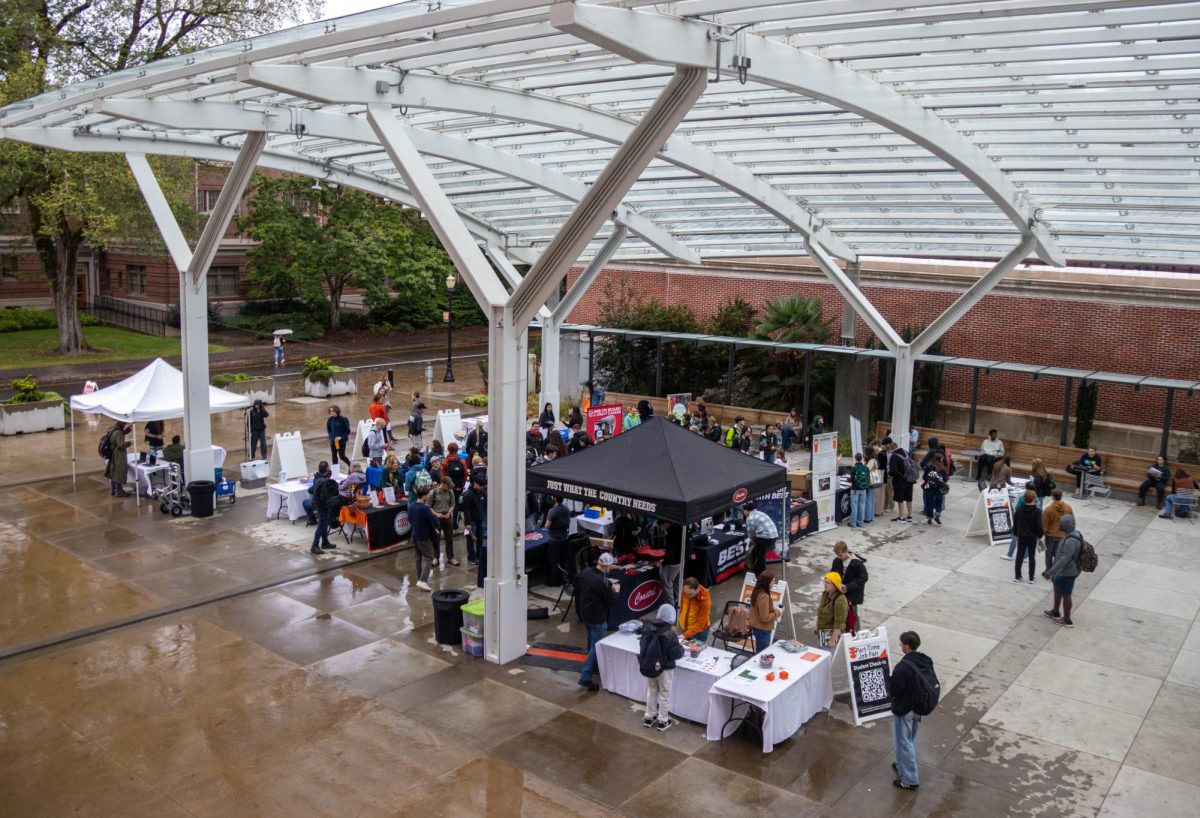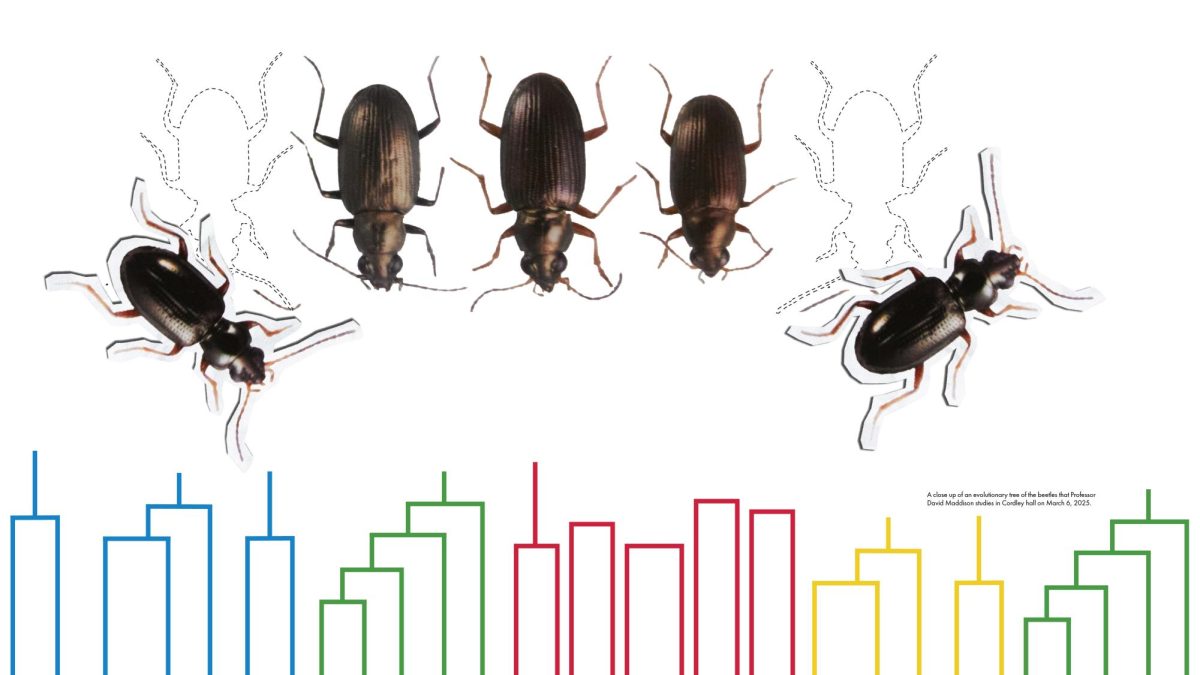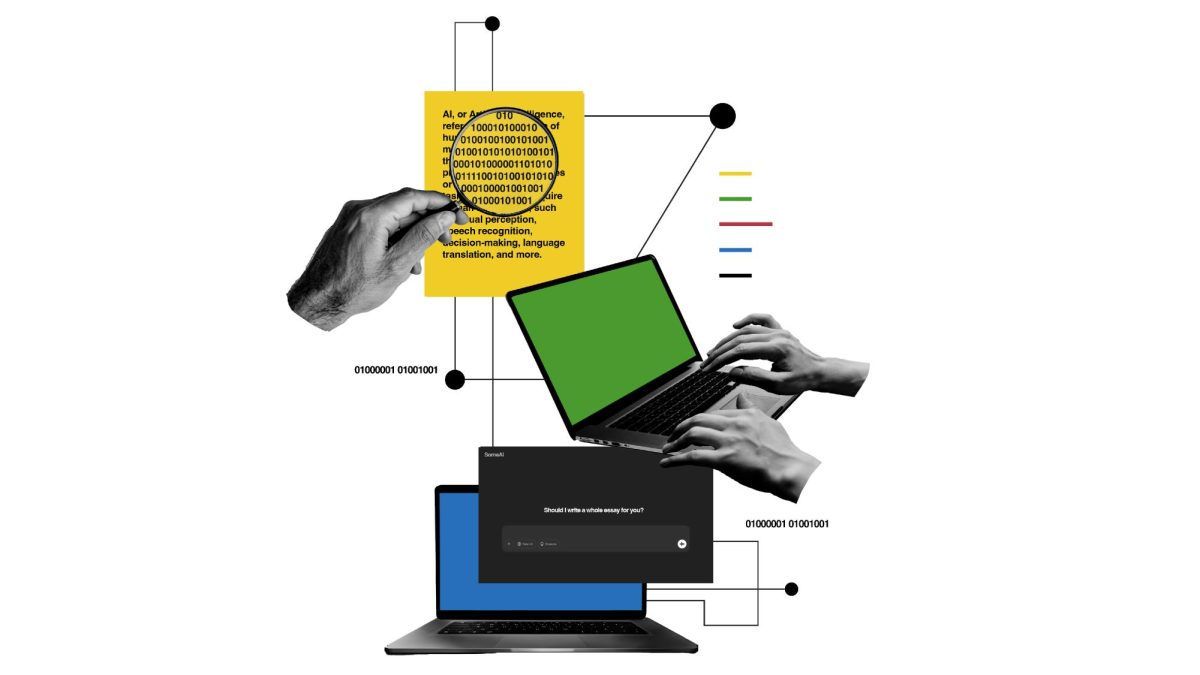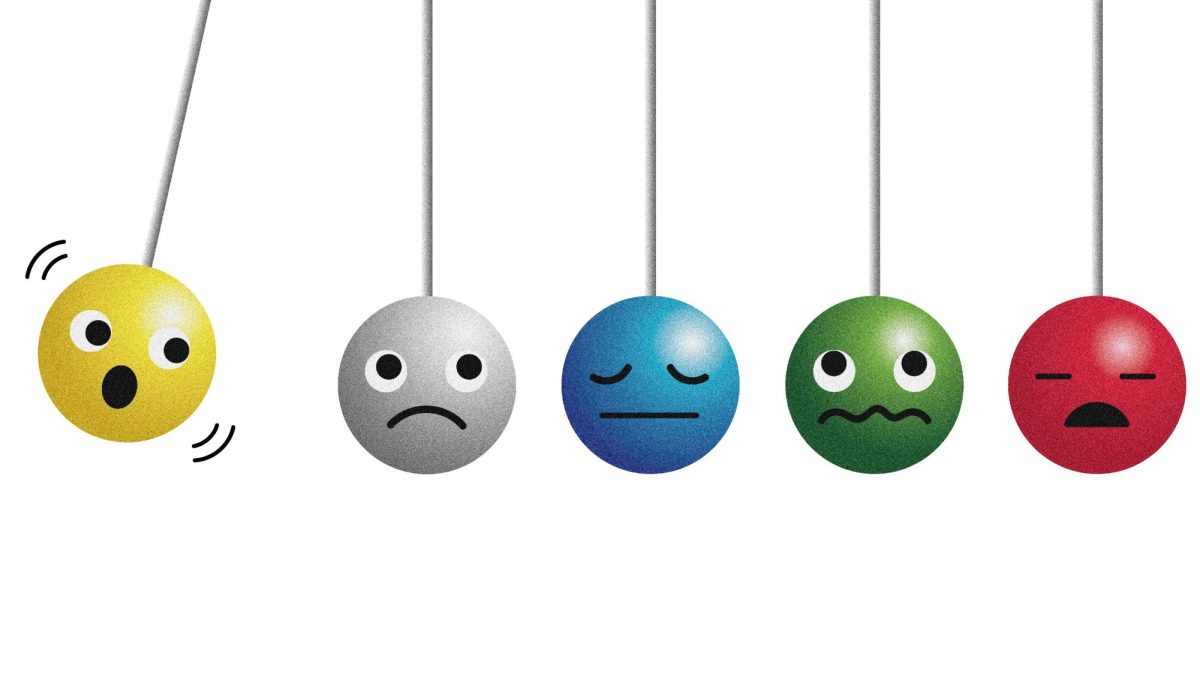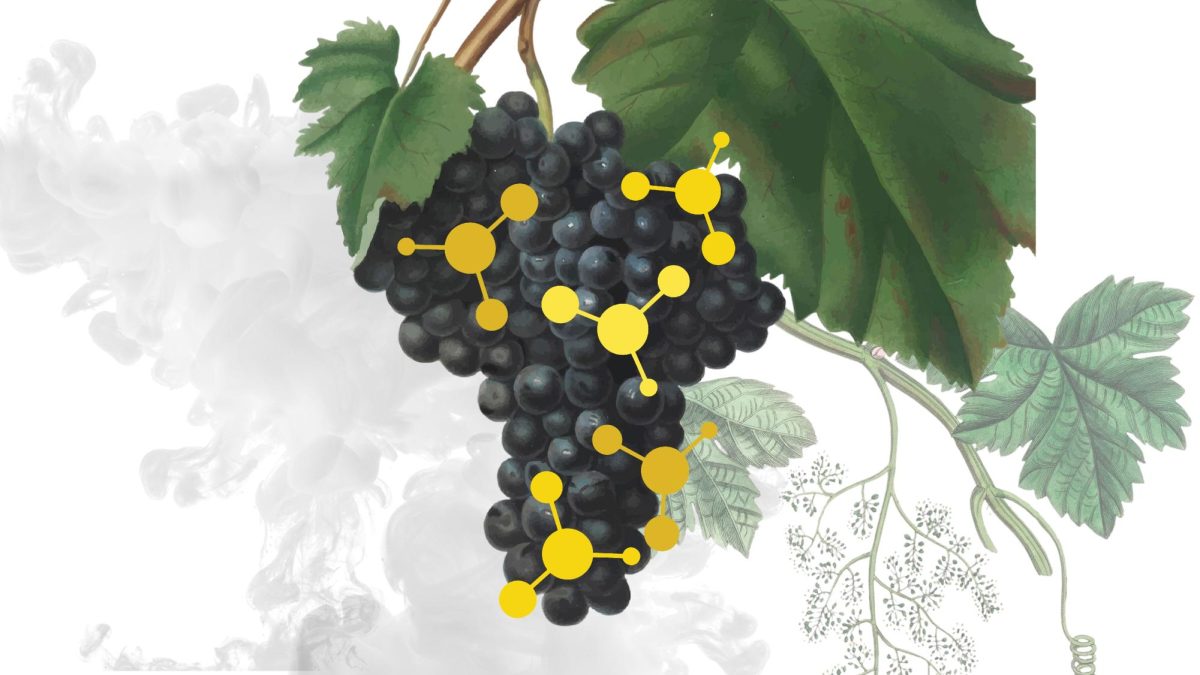It’s okay to not be okay.
You might have come across this newly minted truism. As mental health conditions are destigmatized, and awareness increases, so too do rates of depression in the United States, according to the Centers for Disease Control and Prevention.
“Younger people have experienced increased gun violence in school, growing income inequality associated with childhood poverty and lack of affordable housing,” said Kathryn Becker-Blease, professor and director of the School of Psychological Science at Oregon State University, in an email.
“Political instability, growing awareness of the effects of climate change, and other factors … certainly could contribute to depression. At the same time, most people are not depressed, and it is difficult to know why some are depressed and some are not,” Becker-Blease said.
OSU psychology professor Regan Gurung said in an email that increased awareness and destigmatization of mental health disorders can account for some of the rise in depression diagnoses, but added that “there is evidence of increasing rates of stress over the last few years which may also lead to actual increases in the incidence of depression.”
In 2021, the actuary firm Milliman published a report on the state of American mental healthcare and found that only one-third of Americans with diagnosed mental health conditions were able to receive treatment through health insurance. The report, which illustrated the inaccessibility of mental healthcare in the United States also found that two-thirds of people who were hospitalized during a mental health crisis did not receive follow-up care within a month of being discharged, despite paying for health insurance.
This lack of access to mental healthcare can also have diagnostic implications.
“Primary care doctors, rather than mental health professionals, are now the main diagnose-ers of mental health conditions,” said Misha Kleronomos, a psychology professor at OSU, in an email. This can be problematic, since primary care physicians may not be adequately trained in the complexities of mental health conditions.
To fill the gap in access to mental healthcare, some young people may choose to self-medicate.
“Recent national data from the Monitoring the Future study has shown that cannabis use is at an all-time high among young adults,” said Anita Cservenka, associate professor and director of the Substance Use & Neurocognition Lab at OSU in an email. “Stress-related coping is often one of the main motives endorsed for using cannabis.”
“Prospective, longitudinal studies have shown that cannabis use during adolescence is associated with an increased risk for developing depression in young adulthood,” said Cservenka. “Thus, there may be an increased risk for young adults to use cannabis to cope with negative effects, which in turn could further heighten vulnerability for depression.”
Another potential consequence of the inaccessibility of mental healthcare, alongside increased awareness of mental health disorders, is the rise of self-diagnosis. Gurung said there are benefits and potential downsides of self-diagnosis.
“If you self diagnose and then that makes you go in and get treatment or make an appointment with a therapist that is a big pro,” Gurung said. “If it makes you try treatments or coping on your own that is a big con.”
Kleronomos highlighted social media’s role in self-diagnosis.
“Particularly with younger generations,” Kleronomos said, “mental health conditions have begun to be worn like a badge of honor and this leads to often mis-SELF-diagnosed conditions, social media attention, and over-pathologizing of the normal human experience.”
According to the Diagnostic and Statistical Manual of Mental Disorders, or DSM-5, in order to meet the diagnostic criteria for depression, an individual must concurrently demonstrate several symptoms of depression nearly everyday for at least two consecutive weeks. The symptoms must cause clinically significant impairment in social, occupational or other important areas of functioning.
“Depression is a complex issue and has many ‘differential diagnoses’ (diagnoses that it could also be) such as grief, anxiety, bipolar, personality disorders, trauma, chronic health conditions, and chronic stress–among others,” Kleronomos said. “It is made up of emotional, cognitive, behavioral, and situational factors that are far more intricate than just a feeling of sadness.”
Becker-Blease explained what is known as adjustment disorder, which can share symptoms with depression. However, unlike depression, which is chronic and affects all aspects of life, adjustment disorder is temporary and caused by situational factors.
Major stressors, like a breakup, financial issues, and the loss of a loved one, as well as periods of transition, such as moving or changing careers, can contribute to the development of adjustment disorder.
“It’s hard to know how much more distressed a person must be before it hits the threshold for an adjustment disorder, but when there is a specific event that causes a reaction that gets in the way of going to school or work, for example, you could consider asking a health care provider about what you’re experiencing,” Becker-Blease said. “OSU students have access to a number of on-demand and short-term supports that may be helpful with coping and with deciding if longer or formal mental health services should be considered.”

